“Ancient Light” is on display at the Griffin Museum Photography Virtual Gallery until October 8, 2023 - extended. Brief descriptions of the images follow.
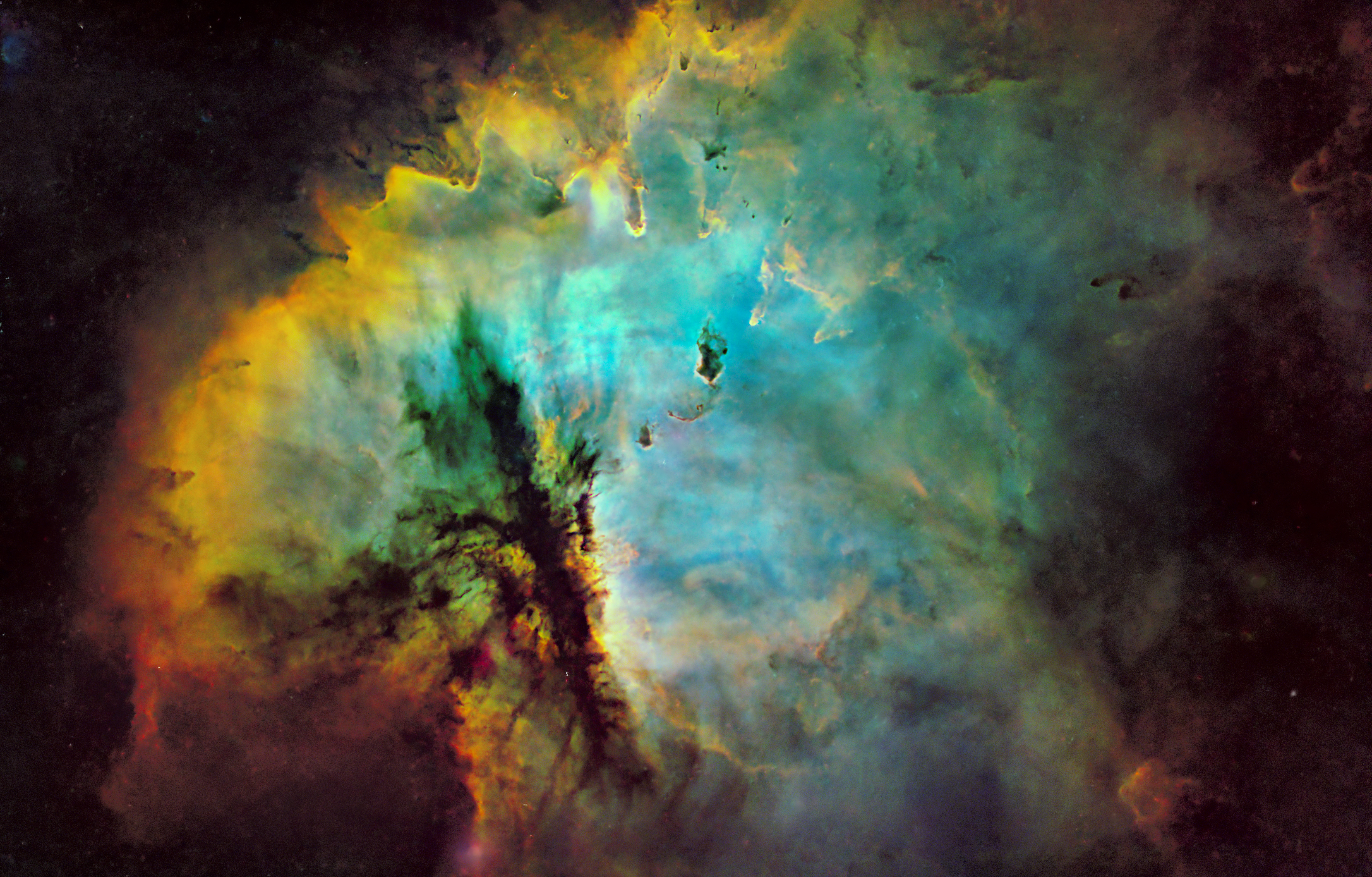
Pacman Nebula
Named for the video game, this emission nebula is a star-forming region in Cassiopeia. Steller winds shape the features around the edge of the nebula. A large dust cloud creates the “mouth” of the Pacman blocking light from behind. This image was photographed using narrowband filters and processed using techniques developed for images from the Hubble telescope.
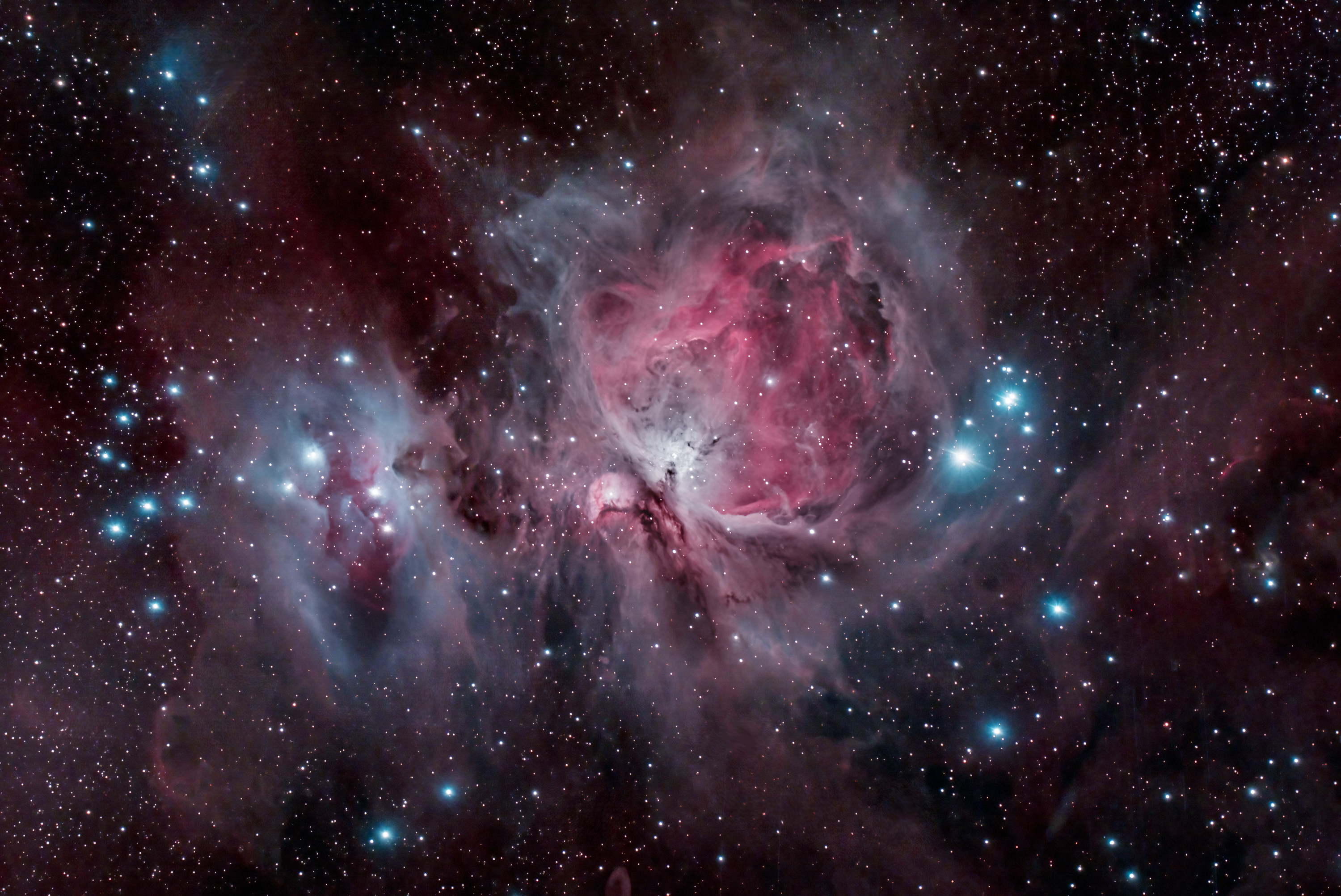
The Great Orion Nebula
The Great Orion Nebula can be found perpendicular to the last star in Orion’s belt. It is sometimes referred to as Orion’s sword and can be seen without a telescope. This is an active stellar nursery with several hot stars nearby. The Running Man nebula is just to the left. Look for the silhouette of a jogger.
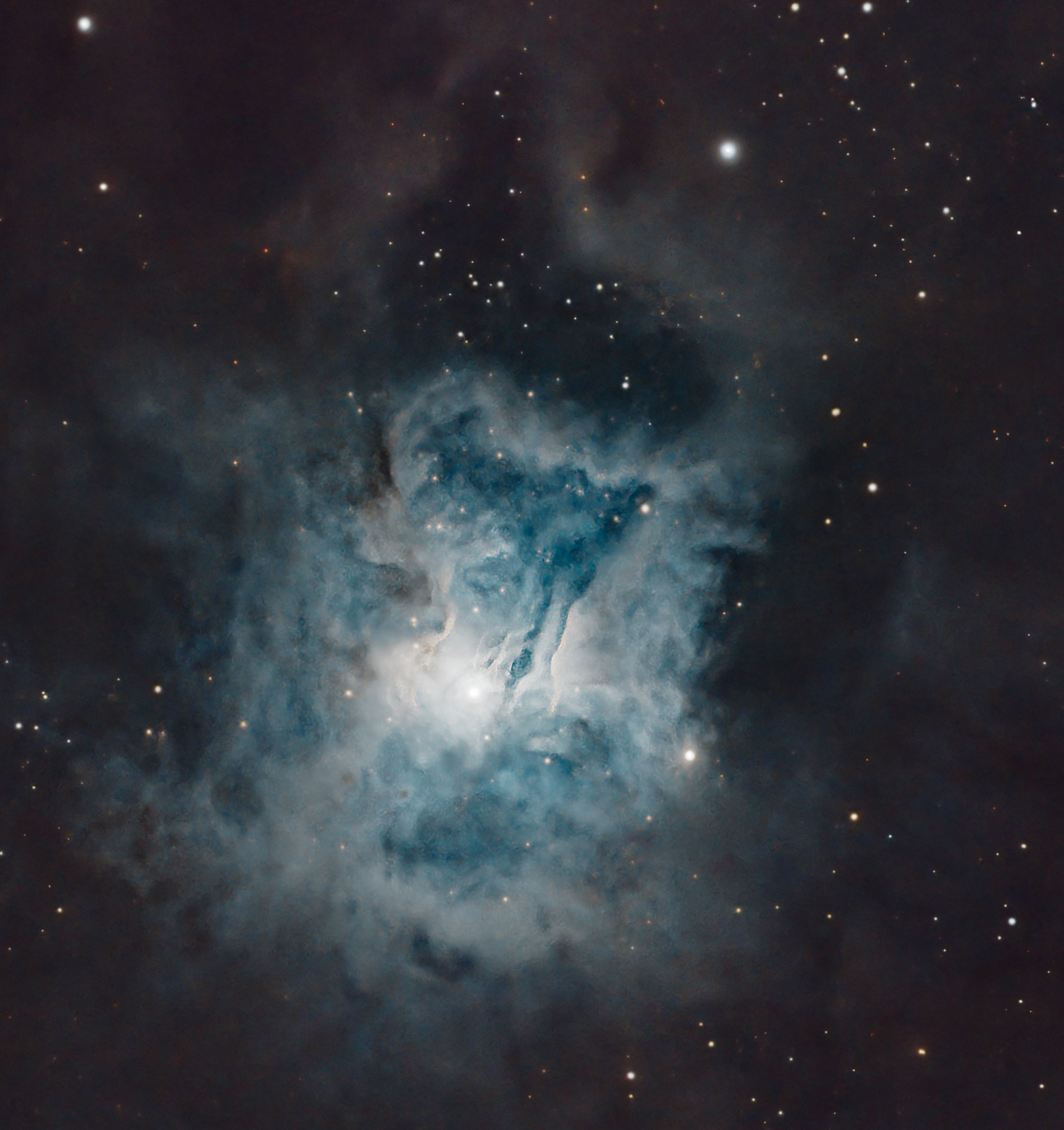
Iris Nebula
The Iris, named for the flower, is a reflection nebula illuminated by bright stars behind the gas and dust. The nebula is surrounded by interstellar cirrus, celestial clouds.
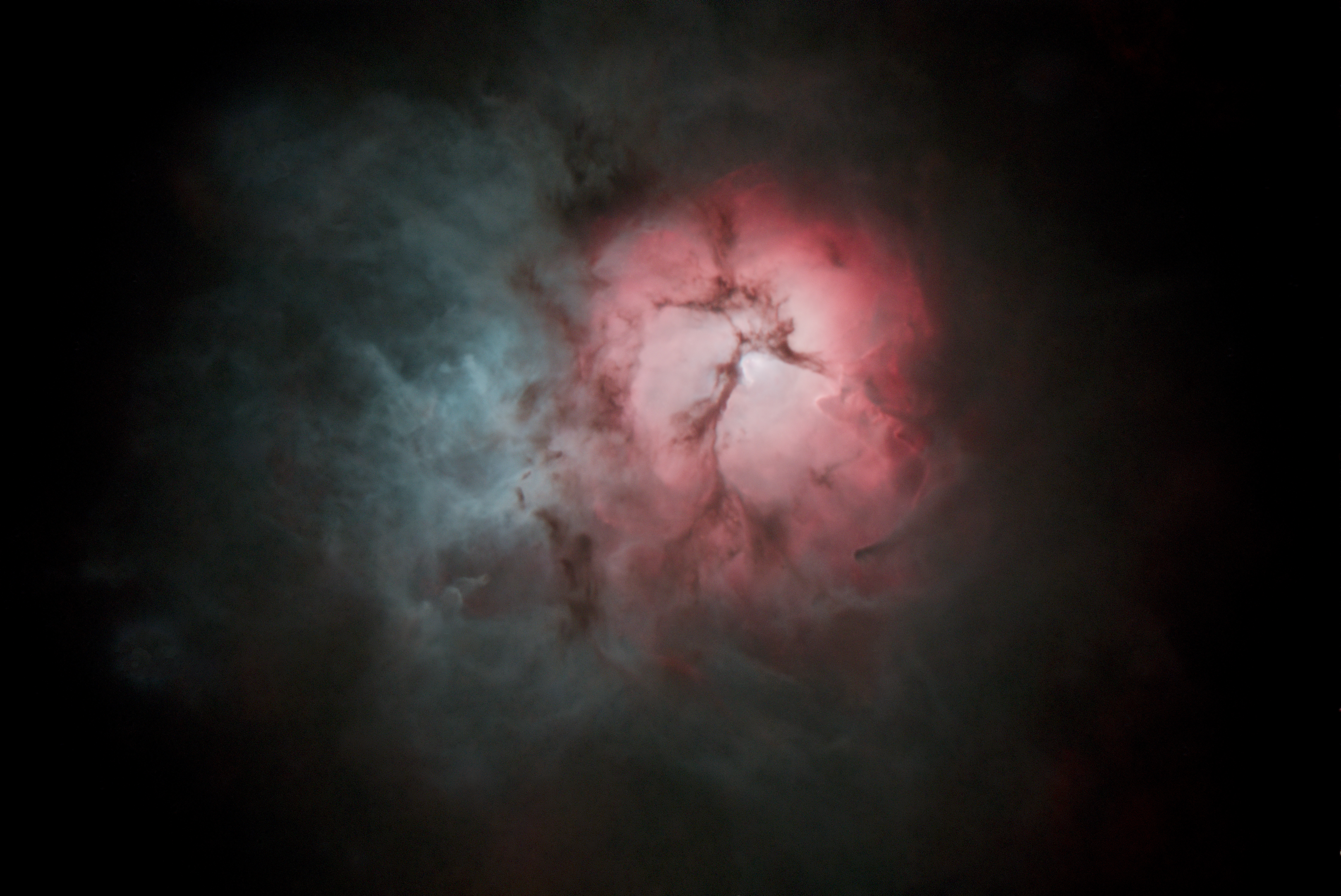
Trifid Nebula
The Trifid is a rare combination of emission, reflection, and dark nebulae. The pink portion is an energy-emitting star forming region; the blue portion reflects light from stars behind. The dark striations are dust particles blocking light from behind forming what looked like 3 sections to early astronomers.
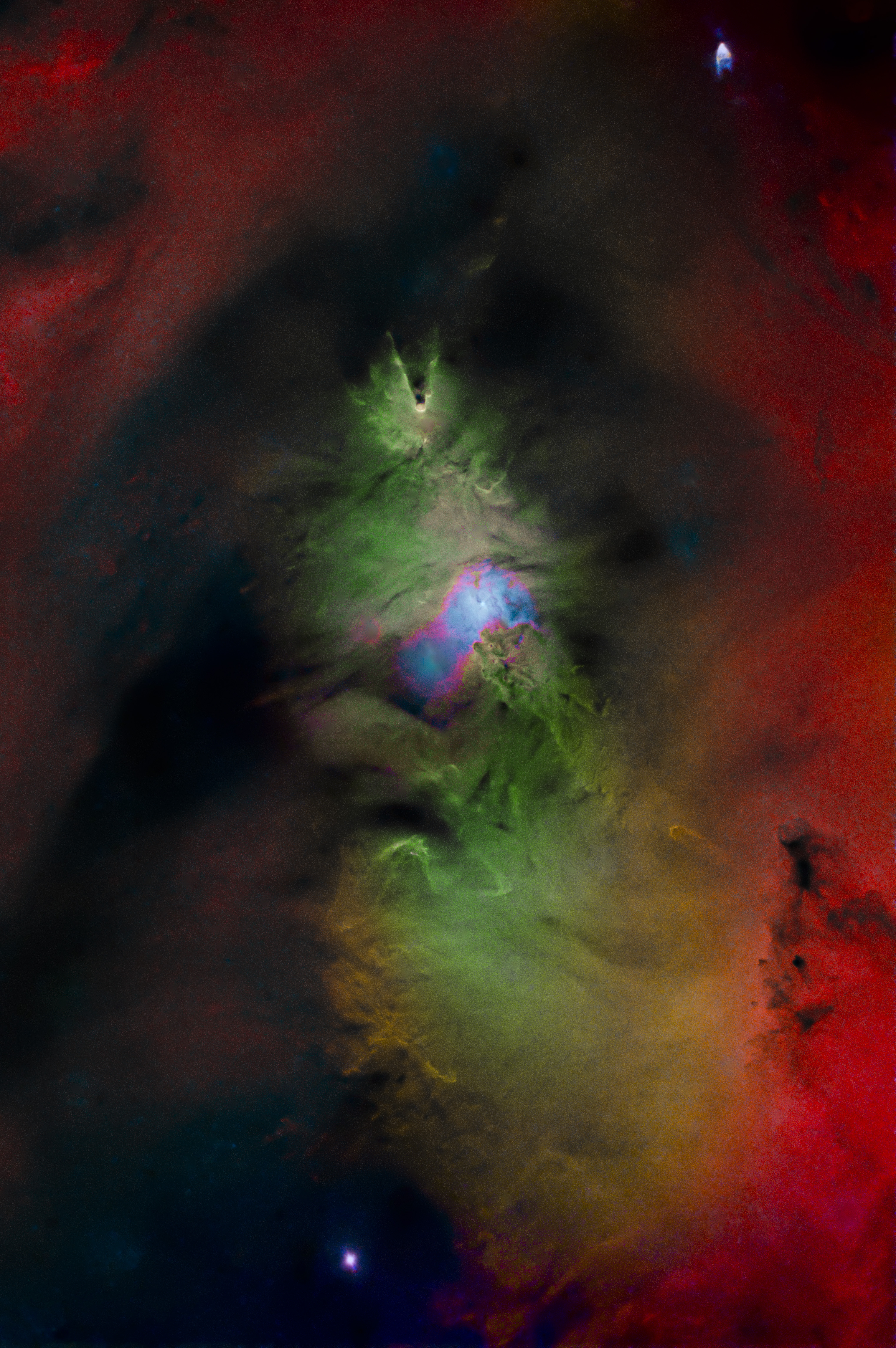
Christmas Tree Nebula
The Cone Nebula and the Christmas Tree star cluster combine to give us this nebula. It is an emission nebula, a stellar nursery.
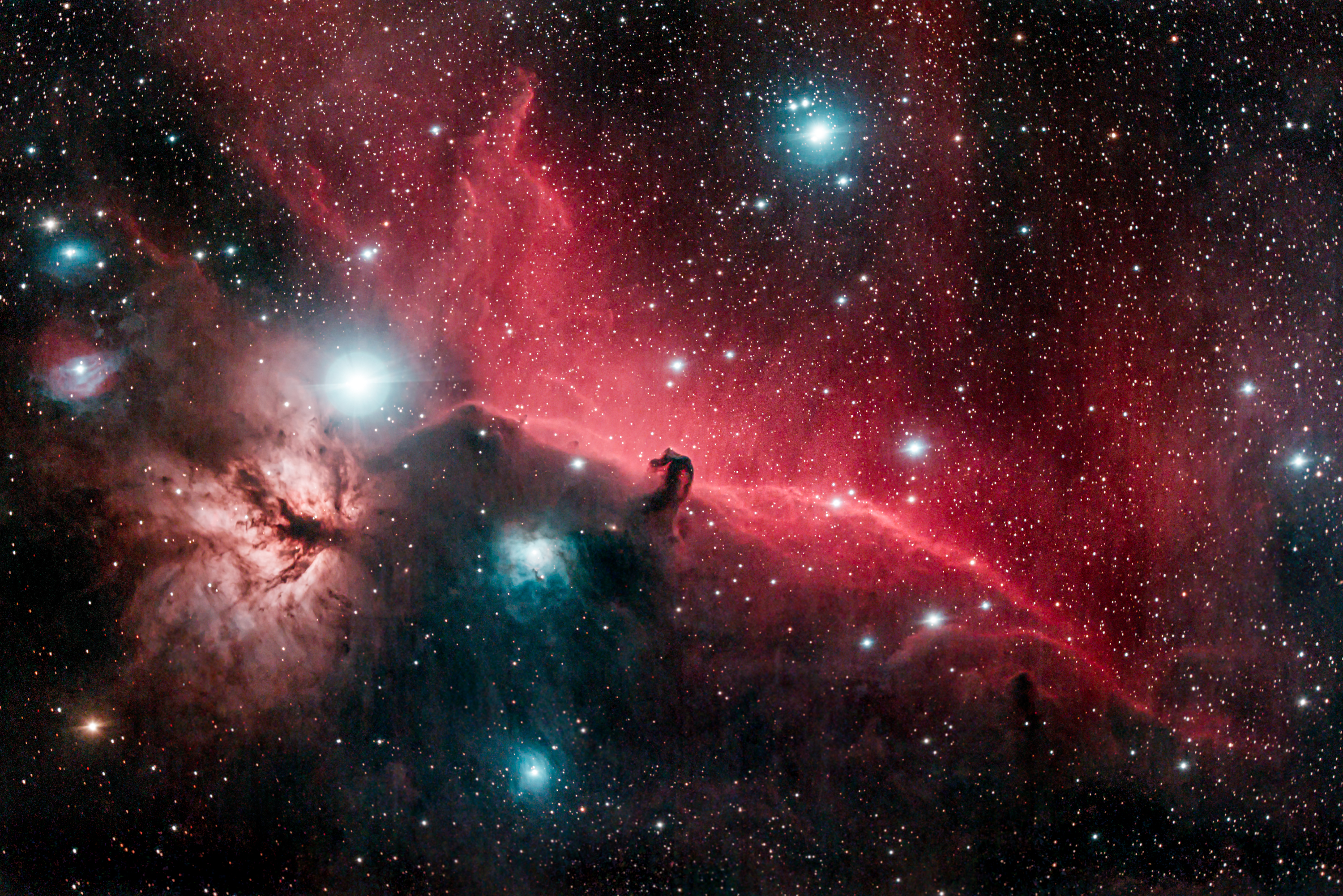
Horsehead & Flame Nebulae
This wide-field image includes the bright star Alnitak, the leftmost star in Orion’s belt. Both the Horsehead and Flame are dark nebulae, silhouettes produced by carbon particles blocking light from behind. Of note, the striations in the hydrogen (red) gas behind the Horsehead are one of the few places I’ve photographed where the motion of the interstellar wind is evident – like the terrestrial analog of leaves showing the motion of the wind.
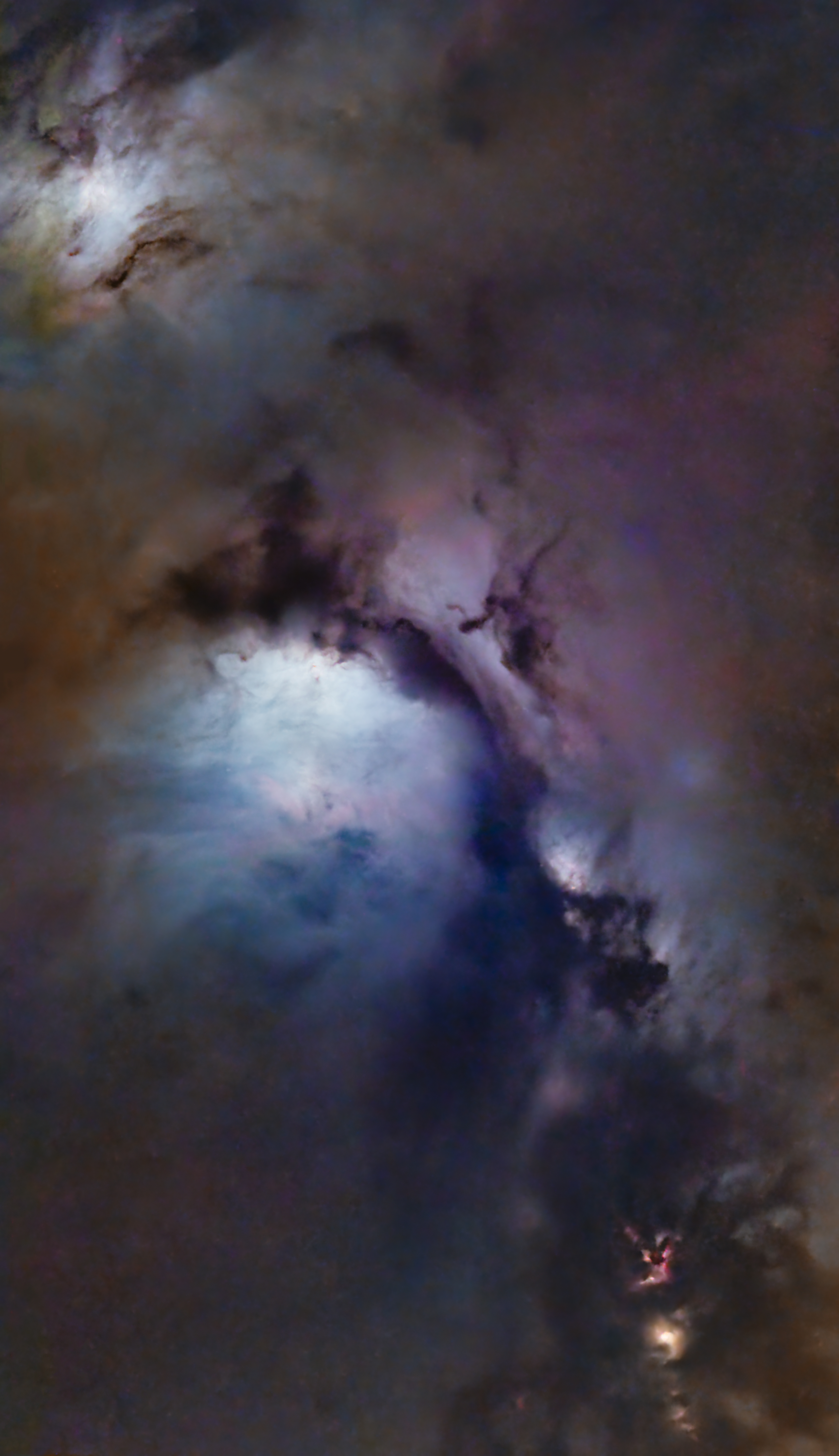
Messier 78 - Casper
Messier 78 is also in Orion, just above his belt. This diffuse reflection nebula is illuminated from stars behind, some of the light is blocked by carbon particles forming dark nebulosity.

Veil Nebula
The Veil Nebula in Cygnus is the result of a massive star exploding in a supernova some 10,000 years ago. The remnants of the star and ionized gas are still expanding in what appear to be delicate filaments.
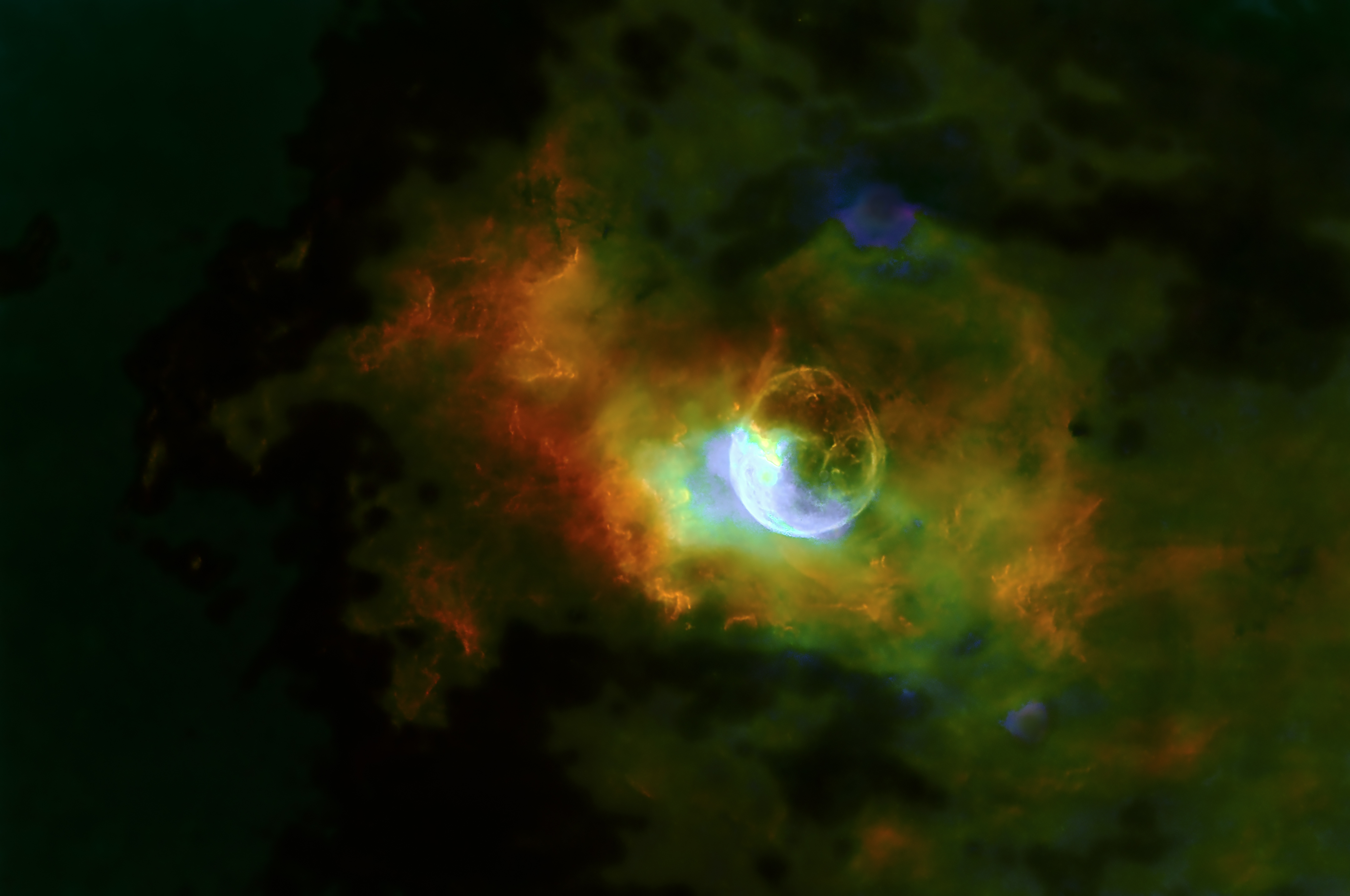
Bubble Nebula
This “bubble” is an astounding 7 lightyears across. It is formed by the stellar wind coming from a super-hot star intersecting with the much colder interstellar gas nearby. The use of narrowband filters allowed me to visualize different gasses, oxygen (blue), hydrogen (red, mapped to green), and sulfur (orange, mapped to red). This image was processed using techniques developed for narrowband images from the Hubble telescope.